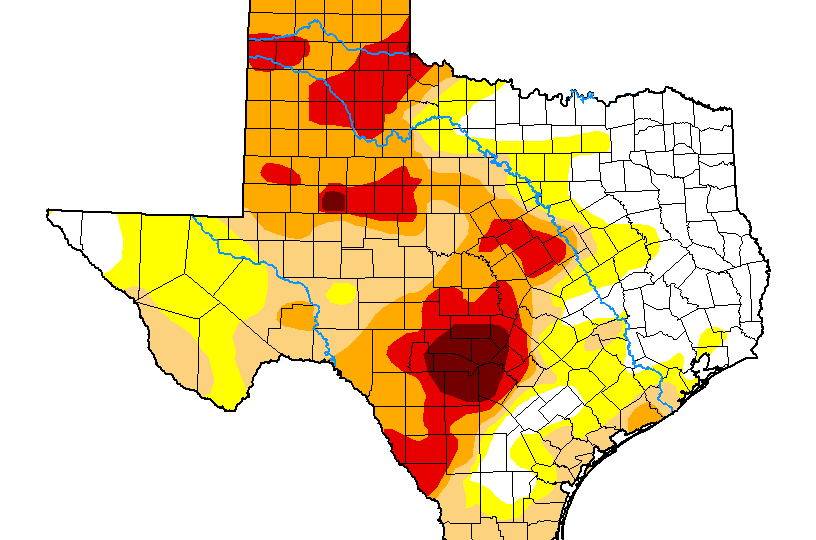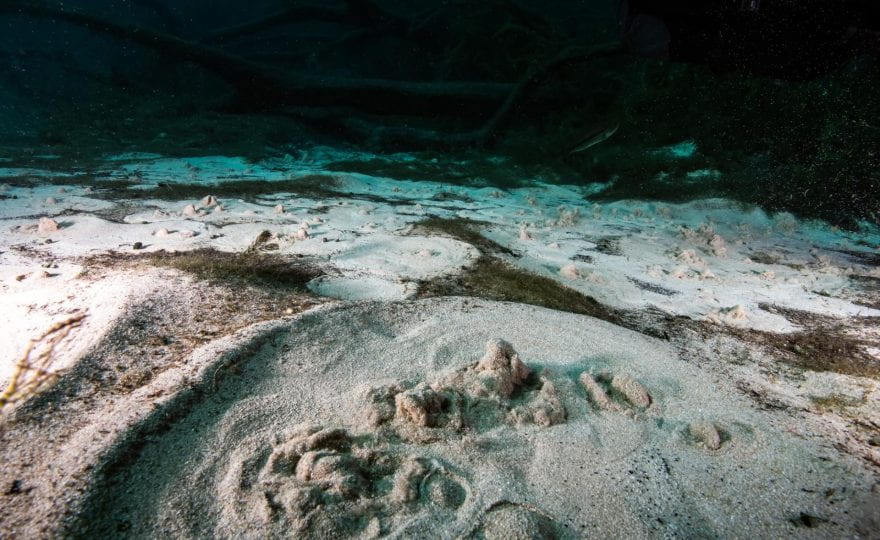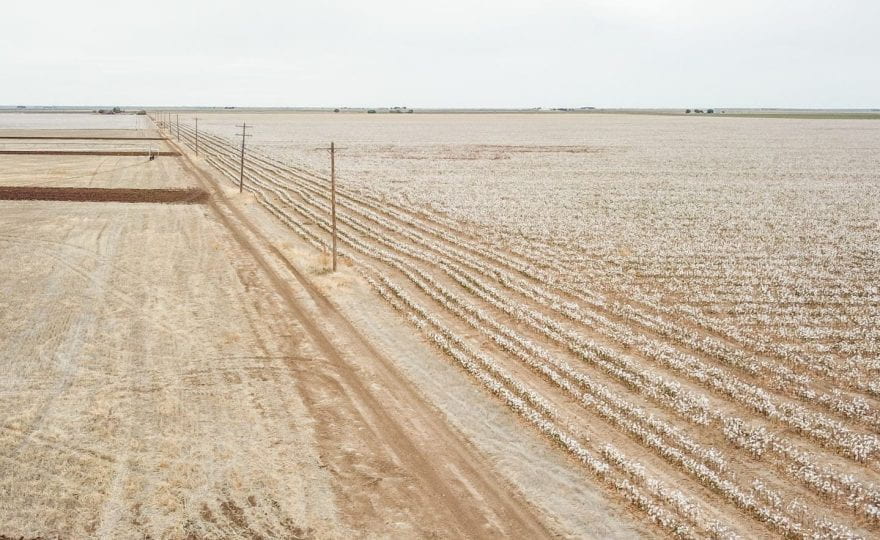Summary: The Climate Prediction Center has issued an El Niño Watch with a 62% chance of conditions forming during May-June-July with an 80% chance in late summer. The amount of the state under drought conditions remained the same from four weeks ago at 58%, with drought intensity decreasing in the southern third of the coastal plains. Warmer than normal temperatures are expected over the next three months, with normal rainfall except for the High Plains and Far West Texas, where drier than normal conditions are expected.
Author: Robert Mace
ground+water: March 2023
A monthly roundup of groundwater-related news in the headlines, complied by Dr. Robert Mace.
think+water: Water affordability and climate change in El Paso, home on the future range of the Ogallala, and resilience after Winter Storm Uri
This month we explore publications on the topics of predicting future household water affordability in El Paso under conditions of climate change, examining the role of rangeland science for tackling the dwindling supplies of the Ogallala Aquifer, and tracking the water infrastructure resilience one year after Winter Storm Uri.
outlook+water: La Niña now La Nada, drought expanding, drought expected to continue
Summary: La Niña is no more! Neutral (La Nada) conditions are expected to hold through summer with a 60% chance of El Niño this fall, drought conditions have grown to encompass 64% of the state, with extreme or worse drought conditions intensifying to include 14% of the state, and statewide reservoir storage remained about the same at 75% full.
lege+water: February 2023 Update
Every month during the 88th Regular Session of the Texas Legislature, Dr. Robert Mace and Dr. Todd Votteler provide an update on water-related legislation.





